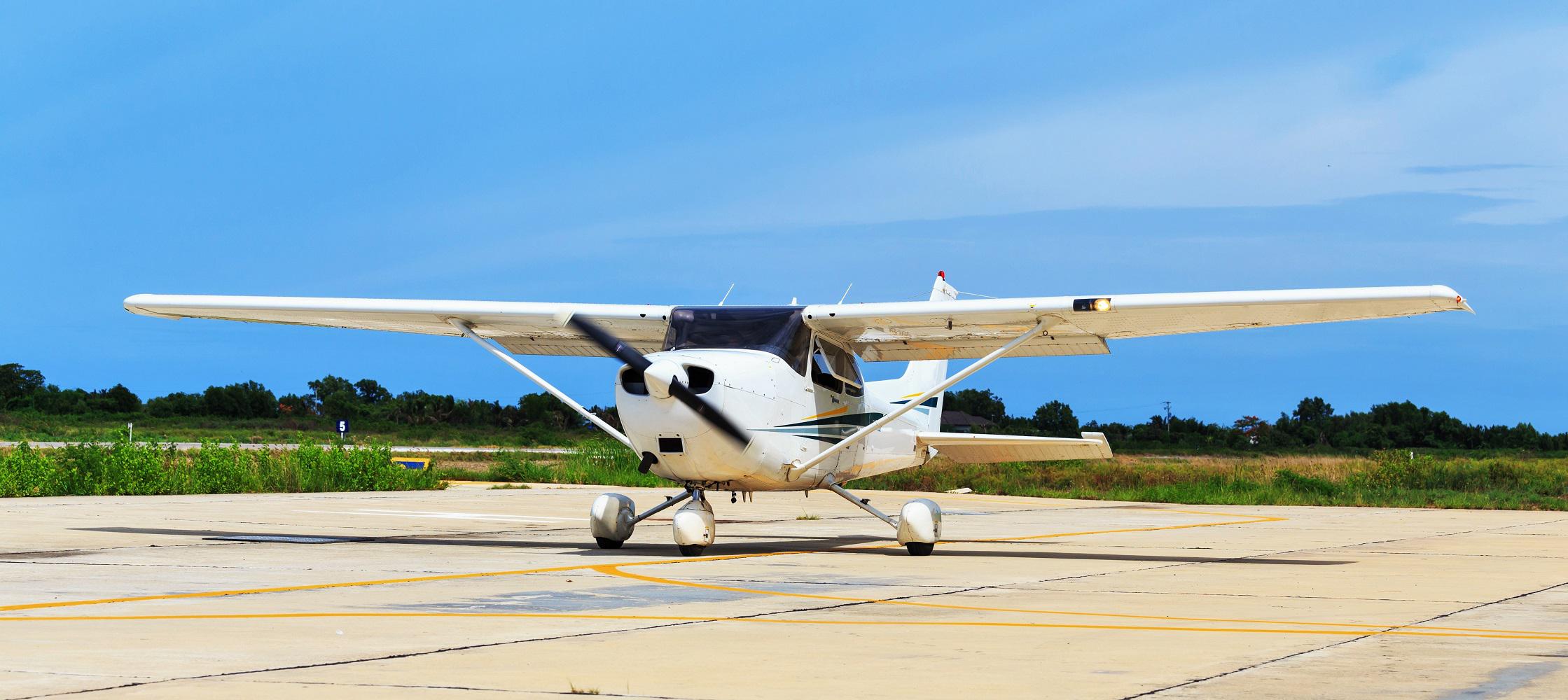Don’t Throw Caution to the Tailwind
By Jim Lauerman, Past Avemco Insurance Company President and Retired CFI
We all learned early on that taking off into the wind helps get us aloft sooner and that landing into the wind helps us stop in a shorter distance. But if taking off or landing into the wind doesn’t fit our direction of flight or the flow of other traffic, how much does it matter?
Well, the answer might be not much at all. This is assuming you have enough runway and can climb steeply enough once airborne to avoid any obstacles. But that can be a dangerous assumption. Don’t throw caution to the tailwind!
Most Pilot’s Operating Handbooks (POHs) carry at least some caution against tailwind takeoffs and landings. Those that don’t outright recommend against tailwind takeoffs and landings often share the information in the form of performance chart calculations. Combine the recommendations of a few POHs, and you can derive some good rules of thumb about tailwind takeoffs and landings. This will help you to decide if they’re worth the risk.
As one example, the Cessna 172S POH1gives some pretty precise guidance on the effects of a tailwind versus a conventional headwind takeoff. A note on the C172S’ Takeoff Distance performance chart tells us we should decrease the takeoff distance by 10% for every nine knots of headwind. But it also tells us to increase takeoff distance by 10% for every two knots of tailwind component.
Put another way, Cessna says a tailwind component has almost five times the performance effect as a comparable headwind component! So we might really want to avoid taking off with a tailwind, because the performance will be significantly impaired. Cessna gives us similar guidance for landing with a tailwind. The Landing Distance chart1 contains an identical nearly five-to-one warning about the difference between landing distance improvement with a headwind component and increased landing distance with a tailwind.
In the POH for a Piper PA44-1802, the Normal Takeoff Distance chart in the Piper Seminole’s POH doesn’t provide a wind correction factor in textual form. But it does include the effect of tailwinds and headwinds on the chart itself. Using the chart, I can see a 10-knot headwind component decreases takeoff roll by about 10%. But if that 10-knot component is at the tail, takeoff distance increases about 40%. The Landing Distance chart2 reveals a similar pattern.
These are just two data points. But by using these two POHs as examples, we’ve learned that at least two manufacturer’s data tell us that a knot of tailwind component negatively affects takeoff and landing performance roughly four to five times more than the benefit from a knot of headwind component.
There may be good reason for avoiding tailwind takeoffs and landings, even if it makes more sense for the direction of flight on departure or arrival. Always check your airplane’s POH for notes or performance data about tailwind takeoffs and landings. Then consider the almost universal advice to land and take off into the wind whenever possible to avoid running off the end of the runway. It won’t cost much time and taking off or landing downwind can cost you more than some embarrassment.
1 – Cessna 172S POH Section 5 July, 1998 edition
2 – Piper PA44-180 POH Section 5 September, 1979 edition
Articles and news items provided by Avemco are not intended to provide technical or legal advice. Content is for general information and discussion only, and is not a full analysis of the matters presented. The information provided may not be applicable in all situations, and readers should always seek specific advice from the FAA and/or appropriate technical and legal experts before taking any action with respect to any matters discussed herein. Articles provided by independent sources solely reflect the views of their respective authors, and should also not be regarded as technical or legal advice.















Leave a Reply